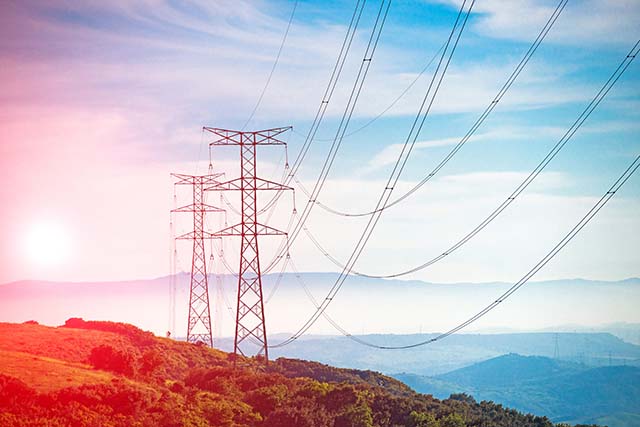Electricity demand in April, when the lockdown to contain the spread of coronavirus was carried out throughout the month, fell 22.6% year-on-year to 85.2 billion units due to muted industrial and commercial activities. This is the country's lowest electricity demand growth of any month in recent years.
The electricity consumption recorded in April was also the lowest in the corresponding months since 2016. Energy consumed by highly developed countries such as Gujarat, Maharashtra and Tamil Nadu in April was lower by 26.1%, 17.9% and 28.6%, respectively, than the electricity supplied to those states in 2019.
The three countries are among the top five electricity consumers (other than Uttar Pradesh and Rajasthan) and the decline in power consumption in those places has already taken the country's annual demand growth to a six-year low of 1.3% in the FY20. Electricity consumption in Uttar Pradesh decreased by 20.3% in April, while Rajasthan reported an annual decrease of 21.3 % in the same month.
Because most of the revenues of state-owned power distribution companies (discoms) come from industrial and commercial customers, lower use of these groups means increased burden on already affected entities. According to the information available in the most recent tariff orders of these States, industrial and commercial consumers contribute about 55% of the revenue from discomfort in Gujarat, 73% in Tamil Nadu and 54% in Maharashtra.
Manufacture of motor vehicles, textiles and petroleum products — many of these hubs are present in these three countries — has been declining since FY20 due to lower demand and increasing competition from other countries. Lower income contrasts with frustration in the face of extreme revenue shortages, with growing difficulties in reading meter exercises and receiving payments in the midst of a country-wide lockdown.
While the industrial and commercial sectors consume about half of their electricity supplies, they contribute more than 70% of their revenues. Tariffs for domestic customers are on average about 40 % lower than those for commercial power users. Experts also found out that lower power prices for industrial customers can be a catalyst to improve the economy by rising industrial output.


































